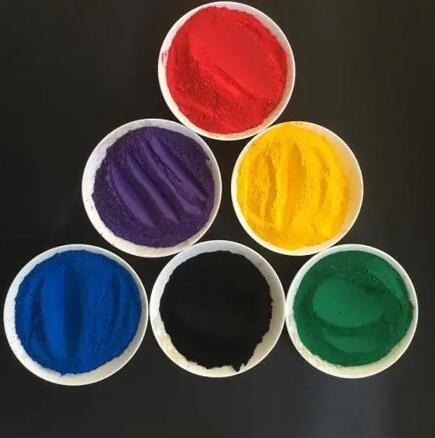Understanding Iron Oxide: The Basics, Types, and Applications
2024-08-27
Iron oxide, a naturally occurring compound, plays a significant role in various industries due to its chemical properties and versatility. This compound is formed by the reaction of iron and oxygen, resulting in a variety of iron oxides with distinct characteristics. In this blog, we'll explore the basics of iron oxide, its different types, and its wide range of applications.
What is Iron Oxide?
Iron oxide is a chemical compound made up of iron and oxygen atoms. Its general formula is Fe₂O₃, but it exists in several forms, including different structures and oxidation states. The most common forms of iron oxide are:
1. Hematite (Fe₂O₃): This is the most stable form of iron oxide and is found in nature as a reddish-brown mineral. Hematite is often used as a pigment and is also a major source of iron for steel production.
2. Magnetite (Fe₃O₄): Known for its magnetic properties, magnetite is a black or brownish-black mineral. It is commonly found in igneous and metamorphic rocks and is used in various industrial applications, including as a catalyst and in magnetic storage media.
3. Goethite (FeO(OH)): Goethite is a yellow-brown mineral that forms through the weathering of iron-bearing minerals. It is commonly used as a pigment and in the production of iron.
4. Wüstite (FeO): Wüstite is a rare form of iron oxide that occurs in high-temperature environments. It is typically found in meteorites and is studied for its role in planetary formation.
The Importance of Iron Oxide
Iron oxide is essential in many industries due to its unique properties:
- Pigments: Iron oxides are widely used as pigments in paints, coatings, and cosmetics. Their vibrant colors, ranging from red and yellow to black, make them ideal for various aesthetic and functional applications.
- Steel Production: Hematite and magnetite are primary sources of iron used in the production of steel. The high iron content in these minerals makes them valuable for extracting and refining iron.
- Magnetic Materials: Magnetite's magnetic properties are utilized in data storage, magnetic resonance imaging (MRI), and as a catalyst in chemical reactions.
- Environmental Applications: Iron oxides are used in water treatment processes to remove contaminants like arsenic and heavy metals. They are also used in soil remediation and as a component in air purification systems.
- Biomedical Uses: Due to their biocompatibility, iron oxide nanoparticles are employed in medical imaging, drug delivery systems, and cancer treatment.
Conclusion
Iron oxide is a versatile and essential compound with a wide range of applications across various industries. Its different forms, each with unique properties, contribute to its importance in everything from steel production to environmental protection. Understanding the types and uses of iron oxide can help us appreciate its role in modern technology and industry.



